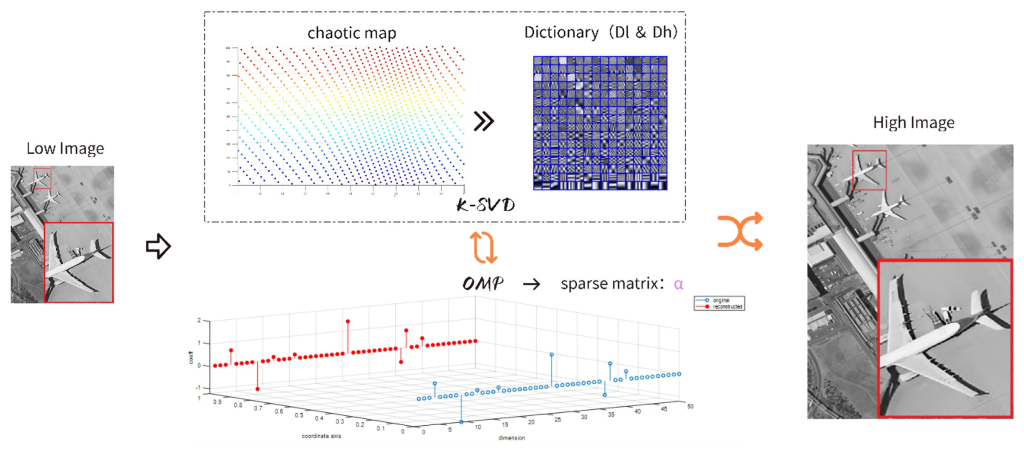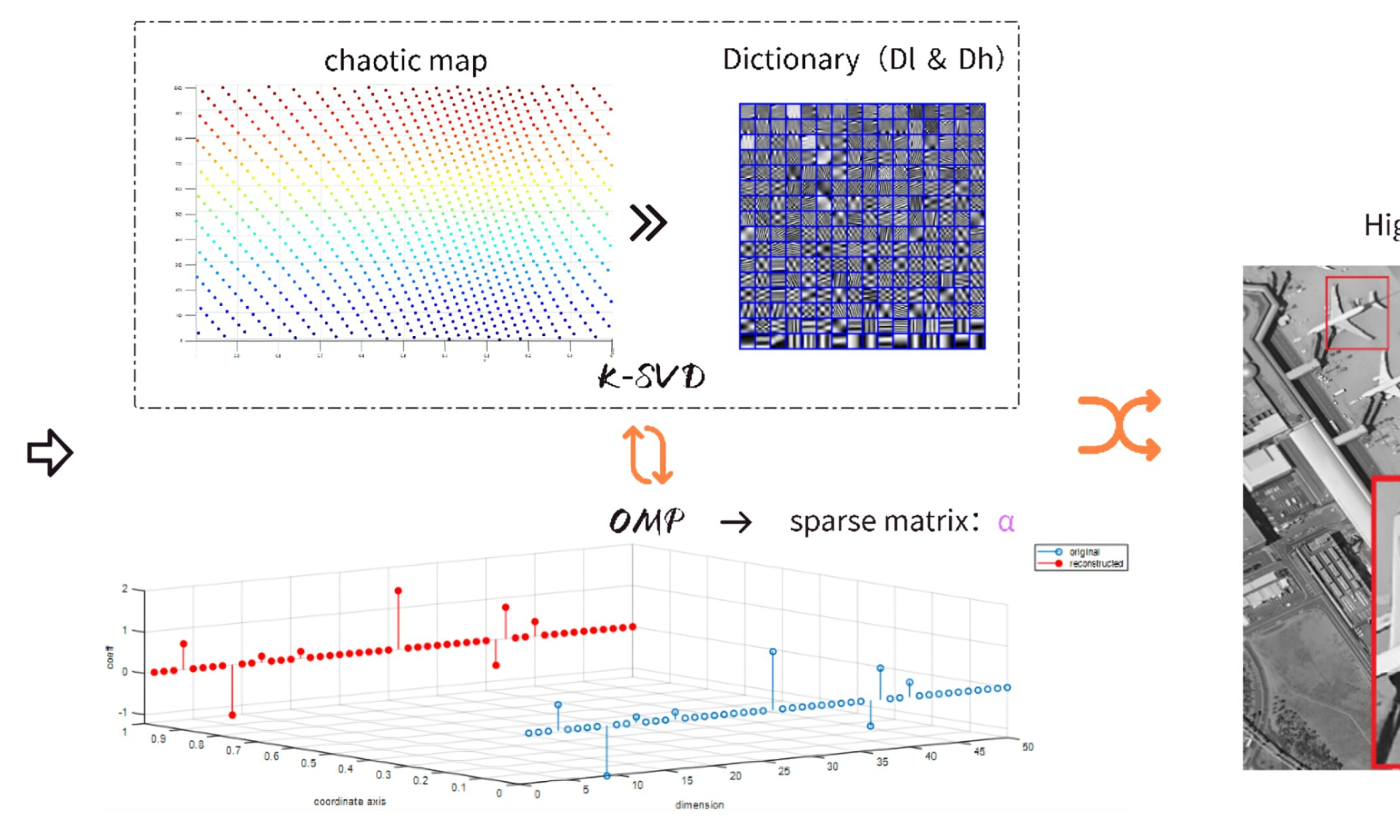
Super-resolution (SR) technology plays a pivotal role in enhancing the quality of images. SR reconstruction aims to generate high-resolution images from low-resolution ones. Traditional methods often result in blurred or distorted images. Advanced techniques such as sparse representation and deep learning-based methods have shown promising results but still face limitations in terms of noise robustness and computational complexity.
In a recent study published in Sensors, researchers from the Changchun Institute of Optics, Fine Mechanics and Physics of the Chinese Academy of Sciences proposed innovative solutions that integrate chaotic mapping into SR image reconstruction process, significantly enhancing the image quality across various fields.
Researchers innovatively introduced circle chaotic mapping into the dictionary sequence solving process of the K-singular value decomposition (K-SVD) dictionary update algorithm. This integration facilitated balanced traversal and simplified the search for global optimal solutions, thereby enhancing the noise robustness of the SR reconstruction.
In addition, researchers adopted the orthogonal matching pursuit (OMP) greedy algorithm, which converges faster than the L1-norm convex optimization algorithm, to complement K-SVD, and constructed a high-resolution image using the mapping relationship generated by the algorithm.
They trained and learned high- and low-resolution dictionaries from a large number of images similar to the target. Through the joint dictionary training method, the high- and low-resolution image blocks under the dictionary had the same sparse representation, reducing the complexity of the SR reconstruction process.
The proposed method, named the Chaotic Mapping-based Sparse Representation (CMOSR), significantly improves the image quality and authenticity. It could effectively reconstruct high-resolution images with high spatial resolution, good clarity, and rich texture details. Compared to traditional SR algorithms, the CMOSR exhibits better noise robustness and computational efficiency. It does not generate unexpected details when processing images and is more inclusive of image sizes.
More information: Hailin Fang et al, Super-Resolution Reconstruction of Remote Sensing Images Using Chaotic Mapping to Optimize Sparse Representation, Sensors (2024). DOI: 10.3390/s24217030
Provided by Chinese Academy of Sciences

